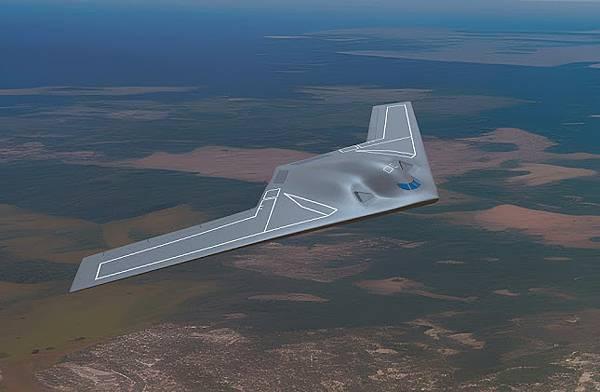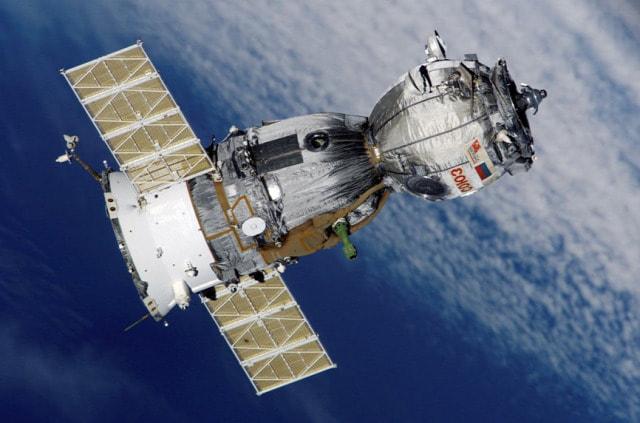Last-Mile Delivery Robot Market Growth, Trends, Scope, Competitor Analysis and Forecast

Last-mile delivery refers to the process of transporting a product from a warehouse or production facility to the customer's location. To enhance delivery speed for items like groceries, parcels, food, and beverages, logistics and e-commerce companies globally are increasingly turning to autonomous robots. Numerous businesses, including startups, are creating robots with varying designs and load capacities to tackle last-mile delivery challenges in a more economical and environmentally sustainable manner.
According to BIS Research, the global last-mile delivery robot market was valued at $18.1 million in 2021, and it is estimated to reach $36.2 million by 2032 at a CAGR of 6.22% during the forecast period 2022-2032.
Last-Mile Delivery Robot Market by Application
The retail delivery sector is projected to lead the last-mile delivery robot market due to the growing presence of e-commerce and quick-commerce platforms worldwide. These robots are anticipated to address key challenges in retail last-mile deliveries, such as lowering delivery costs, minimizing lost or undelivered packages due to GPS inaccuracies, and cutting down on carbon emissions associated with traditional vehicles used for last-mile deliveries.
Last-Mile Delivery Robot Market by Robot Type
Wheeled robots are anticipated to dominate the last-mile delivery robot market. Manufacturers in this sector are concentrating on creating robots with four or six wheels specifically for last-mile delivery purposes. This design has demonstrated effectiveness for navigating sidewalks, curbs, and roads, contributing to the increased adoption of wheeled robots for last-mile delivery tasks.
Last-Mile Delivery Robot Market by Region
North America is anticipated to lead the last-mile delivery robot market throughout the forecast period from 2022 to 2032. This growth is largely driven by the presence of major robotic companies involved in producing last-mile delivery robots, cameras, sensors, and automation software. Additionally, the increasing number of partnerships between robot manufacturers, sensor producers, software developers, and e-commerce and retail companies is further fueling the region's expansion.
Request A Free Detailed Sample on Last-Mile Delivery Robot Market!
Challenges for the Last-Mile Delivery Robot Market:
High Manufacturing Costs
Evaluation of Business Model Sustainability
Scalability of the Delivery Solution
Financial Risks in Events of Robotics Malfunction
Infrastructure Challenges
Regulatory Challenges
Operational Parameters of Delivery Robot
Opportunities for the Last-Mile Delivery Robot Market:
Last-Mile Delivery Capacity
Potential to Fill the Labor Shortage Gap
Entry of Automation Services Start-ups
Competitive Landscape
The competitive landscape of the last-mile delivery robot market consists of several organic and inorganic strategies followed by the key players to develop last-mile delivery robots. The strategies include product innovations, partnerships, acquisitions, and new product launches, among others.
Some of the key players in the last-mile delivery robot market include Agility Robotics, Amazon.com, Inc., ANYbotics AG, Cyan Robotics, Inc., FedEx Corporation, Kiwi Campus Inc., Meituan Inc., Nuro, Inc., Rakuten Group, Inc., Segway Robotics, Serve Robotics Inc, Starship Technologies, Inc., TERAKI GmbH, TwinswHeel, Yandex LLC, GT Robot Technology Pte Ltd, and Hakobot Co., Ltd.
These companies are aiming to start operating fleets of last-mile delivery robots in the North America, Europe, and Asia-Pacific regions and increase their market presence globally to generate revenues.
Conclusion
The last-mile delivery robot market is positioned to play a vital role in the future of urban logistics. With increasing pressure to improve delivery speed, lower costs, and reduce environmental impact, autonomous delivery robots offer a viable solution. As technology advances and regulatory frameworks catch up, these robots are set to become an integral part of how goods are delivered in urban areas around the world.









Comments